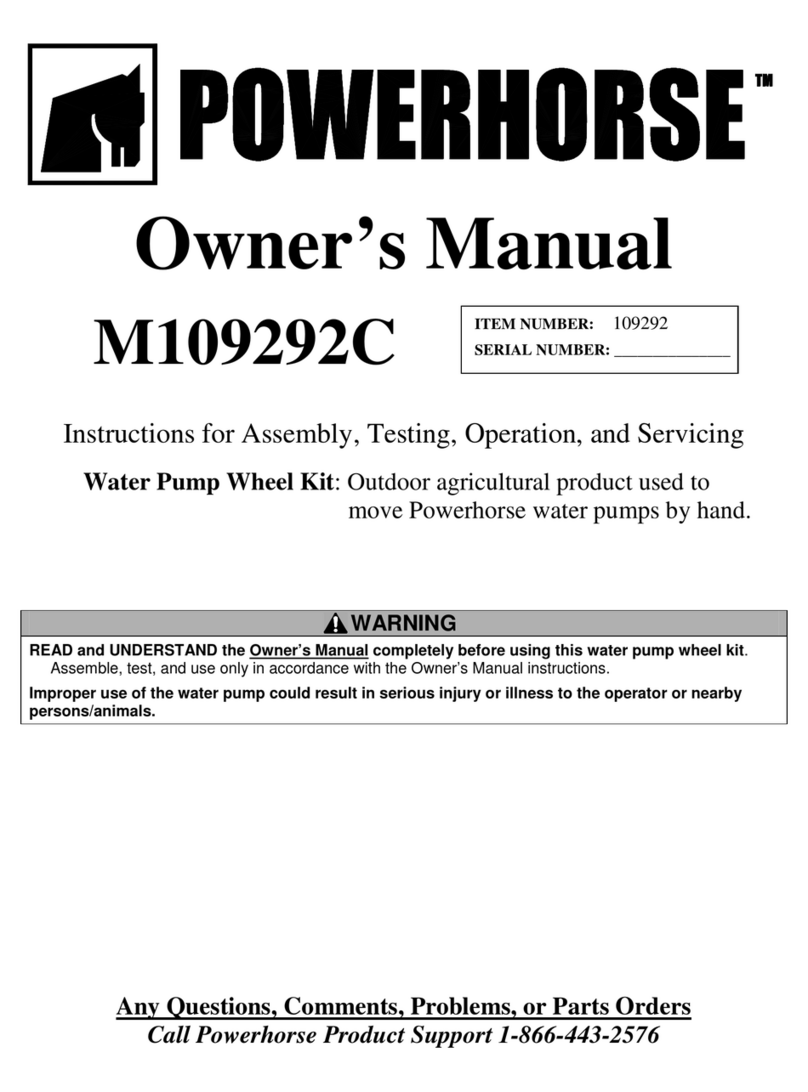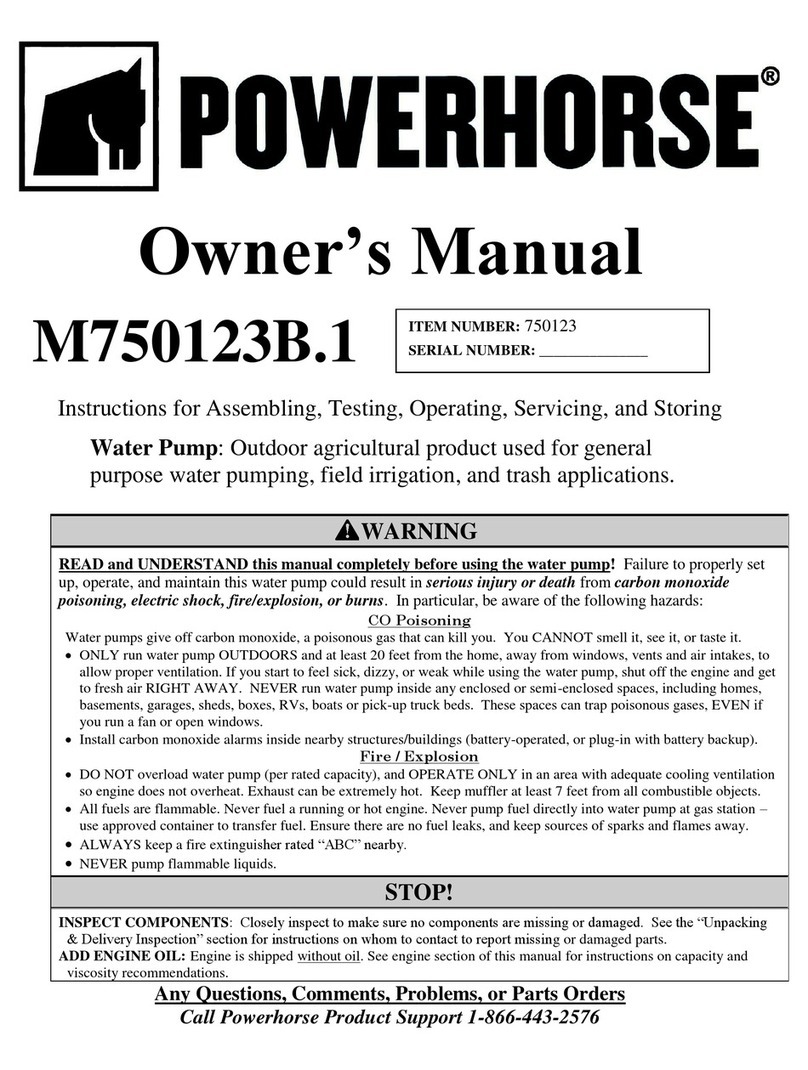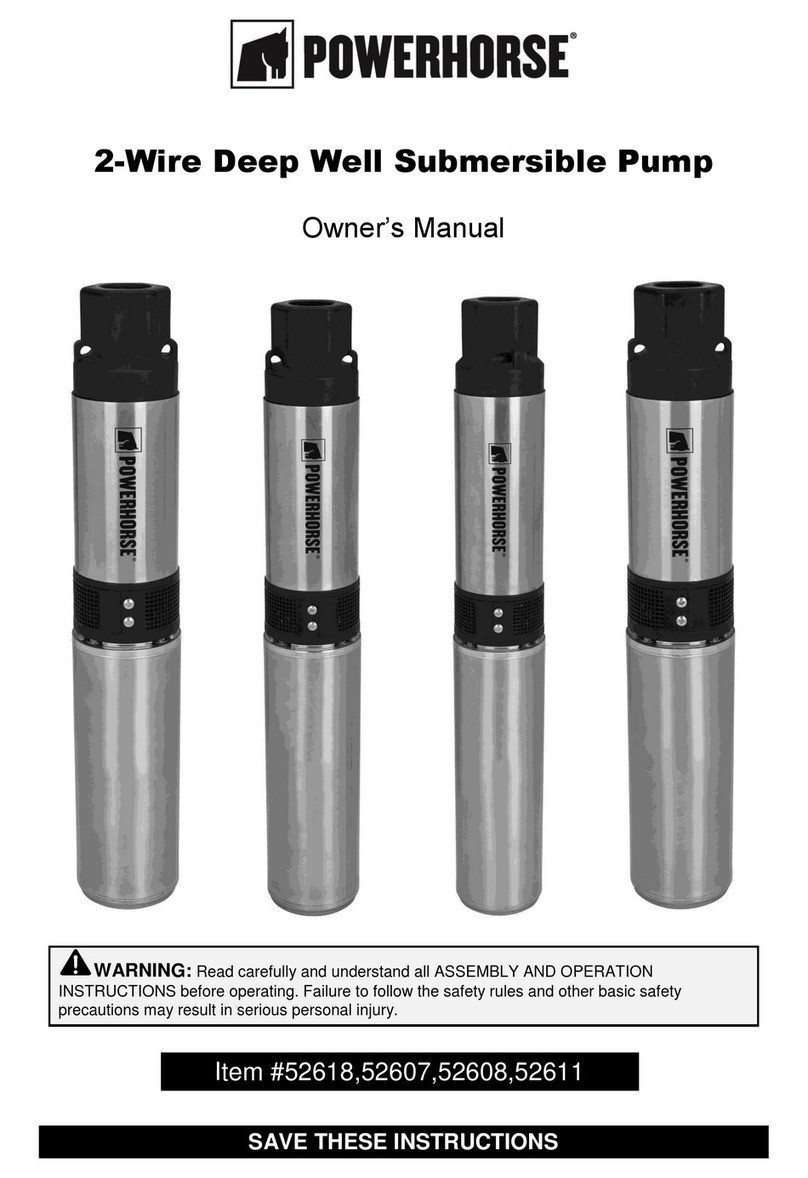About Your Water Pump ............................................................................................................ 4
Summary of Important Safety Information................................................................................5
During Assembly
During Operation
During Storage / Troubleshooting
Warning Label Locations..............................................................................................................6
Unpacking..................................................................................................................................................8
Assembly.................................................................................................................................................................. 9
Machine Components..................................................................................................................10
Operation
Operation - Preparing the Water Pump for Each Use
Step One: Inspect/Repair...................................................................................................................11
Step Two: Select a suitable site.........................................................................................................12
Step Three: Fueling.......................................................................................................................................15
Step Four: Attach a suction strainer...........................................................................................................17
Step Five: Place the water pump.................................................................................................................17
Operation - Using the Water Pump.................................................................................................18
Storage ..........................................................................................................................................20
Troubleshooting ...........................................................................................................................21
Specifications................................................................................................................................22
Water Pump Exploded View.......................................................................................................23
750126 Pump Exploded View .....................................................................................................24
Engine Exploded View.................................................................................................................25
Engine Operation/Specs ..............................................................................................................28
Engine Maintenance ....................................................................................................................29
Engine Storage .............................................................................................................................32
Limited Warranty........................................................................................................................33
California Proposition 65 Information ......................................................................................34


































